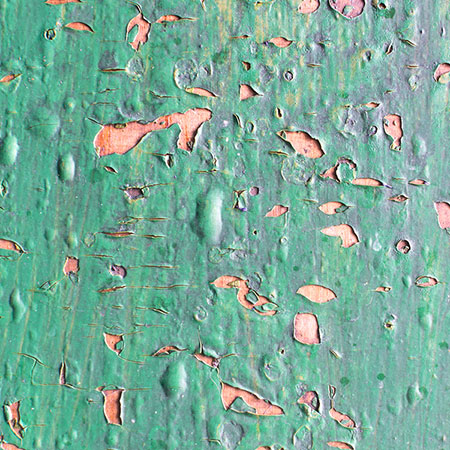
Why does paint bubble up or blister?
Many people consider painting a do-it-yourself job, but there are good reasons professionals are frequently trusted with the job of interior and exterior painting. There’s a lot that can go wrong with what even seems to be a simple paint project. Avoiding paint bubbling is an excellent reason to leave painting to the pros. The following is more information about different causes of bubbling paint:
· The surface was dirty, damp, or hot when painted.
· There was excessive moisture when the painting was done.
· Oil-based or alkyd paint was applied over latex paint.
· The surface was not properly prepared for painting.
· Latex paint was exposed to moisture soon after the paint dried.
Tips to prevent blistering of paint
Correctly prepping the surface you are painting can often prevent bubbling. One way to prep is to apply primer-sealer over stains and let the primer dry completely. If painting in humid conditions, installing exhaust fans or vents may help prevent blisters. Even if the substrate you are painting is free of moisture and the temperature isn’t too hot, there is still the possibility tiny bubbles will form when you paint. All that may be needed is to use the appropriate painting tools and techniques, to prevent blisters. Here are some helpful tips to prevent bubbling of paint:
· If you are using a drill bit to stir your paint, use a low setting. This will help to keep air out of the paint.
· If paint is 12 months old, some experts advise throwing it out and using a fresh can of paint, to prevent bubbling.
· Bubbling can occur if you are using inexpensive paint because low-quality paint tends to be thin, and it is not uncommon for it to foam and bubble.
· Use the correct paint brush or roller when painting, to avoid bubbling. When painting smooth walls, use a 3/8” or ¼” nap. For textured walls, use a ¾” nap.
· Gloss and semi-gloss paints are notoriously prone to foam up. Use the shortest nap you can find to apply these paints.
How to repair paint bubbles

If the bubbly paint does go to the substrate, the source of moisture needs to be identified and eliminated, if possible.
Before re-painting, repair loose caulking and, if needed, install exhaust fans or vents, to decrease the humidity level.
For professional, hassle-free exterior and interior painting with no bubbling or blistering, contact the paint experts at Franklin Painting.

Frank Campanelli, the esteemed founder of Franklin Painting LLC, has been leading the company since 1986. He takes immense pride in the stellar reputation his dedicated team has built by consistently delivering top-notch service to each customer.

